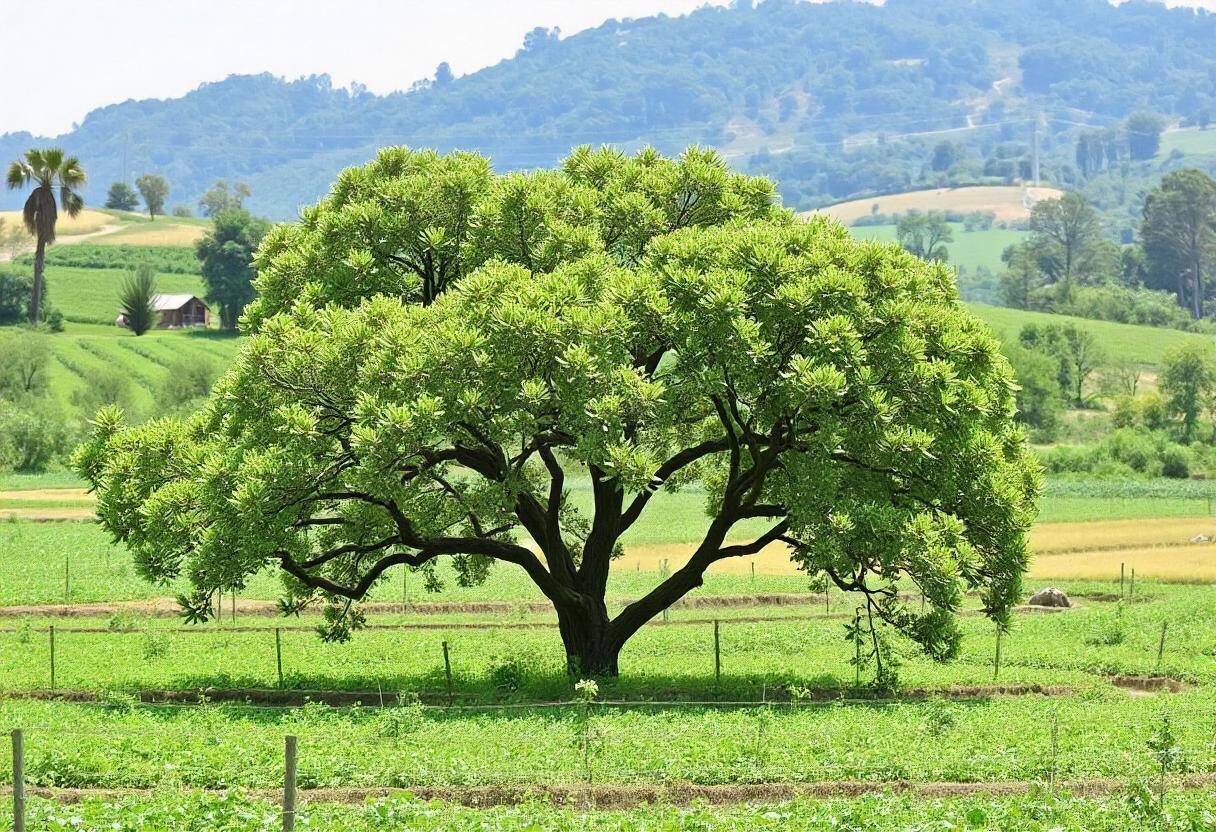
Agroforestry is a land management system that integrates trees and shrubs into agricultural landscapes. It combines agricultural and forestry techniques to create more productive, sustainable, and resilient land-use systems. This approach has gained significant attention due to its multiple environmental, economic, and social benefits, especially in regions facing the challenges of deforestation, soil degradation, and climate change.
The Core Principles of Agroforestry
At the heart of agroforestry is the recognition that trees and crops, when grown together, can create synergies that enhance the overall productivity and sustainability of a farm. These synergies arise from various interactions between trees, crops, and livestock, all of which contribute to more efficient use of resources.
One of the fundamental principles is diversification, where a variety of tree species, crops, and livestock are cultivated on the same land. This diversity leads to greater resilience, as it reduces the risk of crop failure from pests, diseases, or climatic fluctuations. Resource sharing is another key aspect, where trees, through their deep root systems, can access nutrients and water that are unavailable to shallow-rooted crops. This leads to better nutrient cycling and improved soil health.
Types of Agroforestry Systems
There are several types of agroforestry systems, each designed to suit specific ecological and socio-economic conditions.
- Silvopasture: This system combines trees, pasture, and livestock in the same area. Trees provide shade and shelter for animals, improve soil structure, and contribute to carbon sequestration. Livestock grazing, in turn, helps manage tree growth by controlling weed populations.
- Alley Cropping: In this system, crops are grown in the spaces (alleys) between rows of trees. The trees act as windbreaks, reduce soil erosion, and improve soil fertility through nutrient cycling and nitrogen fixation, especially when leguminous trees are used.
- Agro-silviculture: This practice involves integrating trees with annual or perennial crops. The trees offer long-term benefits like timber, fruit, and shade, while the crops provide short-term income for farmers.
- Forest Farming: Forest farming focuses on growing high-value crops, such as mushrooms, medicinal plants, and spices, under the canopy of existing forests or plantations. This system utilizes the natural forest ecosystem while creating additional economic value.
Environmental Benefits of Agroforestry
Agroforestry offers numerous environmental advantages. One of the most significant is carbon sequestration, as trees absorb carbon dioxide from the atmosphere and store it in their biomass. This makes agroforestry a valuable tool in the fight against climate change by helping mitigate greenhouse gas emissions.
Another benefit is soil conservation. The deep roots of trees prevent soil erosion by stabilizing the soil and reducing surface runoff during heavy rains. This is especially important in areas prone to desertification or land degradation. Additionally, trees enhance soil fertility by adding organic matter, increasing water infiltration, and promoting microbial activity. In particular, nitrogen-fixing trees, such as certain leguminous species, can improve the nitrogen content of the soil, reducing the need for chemical fertilizers.
Agroforestry also supports biodiversity by providing habitats for various plant and animal species. The presence of trees and shrubs creates a more diverse and complex ecosystem, which can attract pollinators, improve pest control, and reduce the need for chemical pesticides. This biodiversity contributes to the overall health and productivity of the agroforestry system.
Economic and Social Impacts
Beyond its environmental benefits, agroforestry offers significant economic opportunities for farmers. The incorporation of trees provides farmers with an additional source of income through the sale of timber, fruits, nuts, and other tree products. This diversified income stream helps farmers reduce the risks associated with relying solely on a single crop, especially in regions vulnerable to climate change or market fluctuations.
Agroforestry systems also contribute to food security by increasing the availability of diverse food products. The integration of various crops, fruits, and livestock in a single system ensures that farmers have access to a range of food items throughout the year, reducing dependence on external food supplies.
In many rural communities, agroforestry has been linked to improved livelihoods and community resilience. By promoting sustainable land management practices, agroforestry can help reduce poverty, create jobs, and strengthen rural economies.